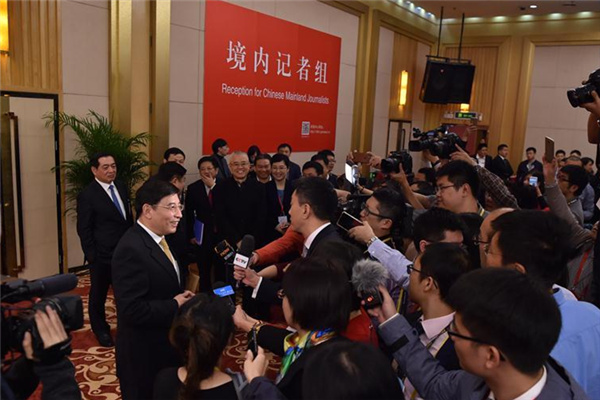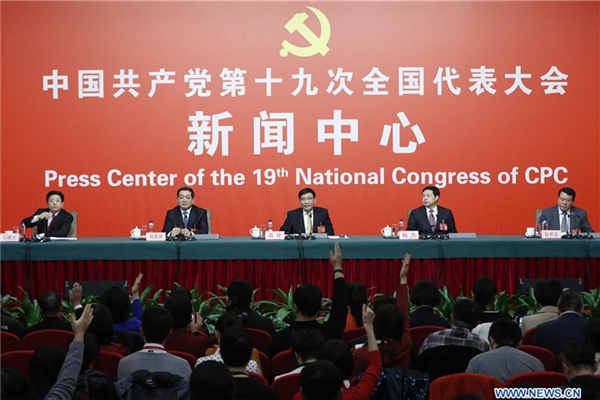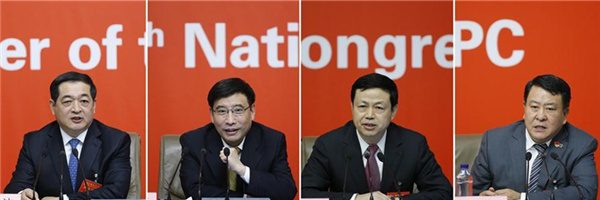
China’s telecom carriers will accelerate the pace of further rate cuts and offer faster internet connectivity as the government takes a “people-centered approach” to provide more cost-effective communications services, according to the country’s top telecom regulator.
Miao Wei, a congress delegate and minister of industry and information technology, said on Thursday more measures will be introduced to enhance internet speed and trim costs so that telecom providers can gain larger consumer groups with increased internet flow.
China boasts the world’s largest number of 4G network and fiber optic broadband users, Miao said at a news briefing on the sidelines of the 19th CPC National Congress.
In just four years of development, the number of China’s 4G users reached 930 million by August, representing 67.2 percent of all mobile service users, he said.
The announcement follows a string of actions to reduce telecom costs, most exemplified by the waiving of roaming fees by the country’s three carriers, namely China Mobile, China Unicom and China Telecom, in September.
Previously, telecom firms charged between 0.6 yuan ($0.09) to 0.8 yuan per minute for calls made outside subscribers’ local service area.
Meanwhile, the number of users of fiber optic broadband reached 272 million in the country, taking the world’s No 1 spot in terms of the penetration rate, Miao said.
“Nearly 55 percent of fixed broadband users can access the network with 50 Mbps or above, which effectively quenches their thirst for voice and video communication that requires larger data transfer flows,” the minister said.
Telecom sector reform will continue to empower the less affluent population by narrowing the digital gap, said Yang Jie, chairman of China Telecom.
“A striking 88 percent of administrative villages now have access to our 4G network, so farmers and villagers can enjoy entitlements such as smooth video streaming, which require much more data traffic,” he said.
Between 2015 and 2016, tariffs for fixed broadband service were slashed by 86.2 percent and those for mobile services decreased by 64.7 percent.




